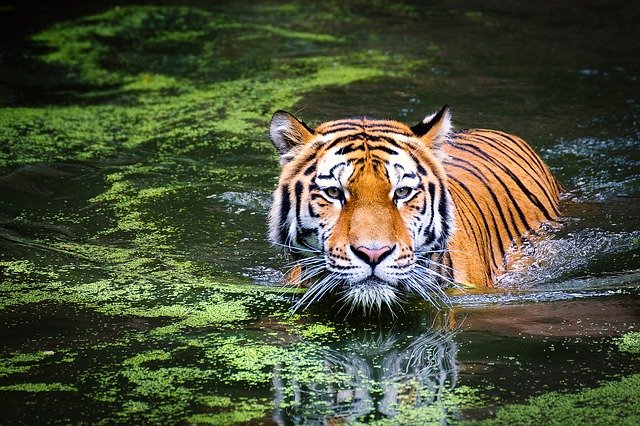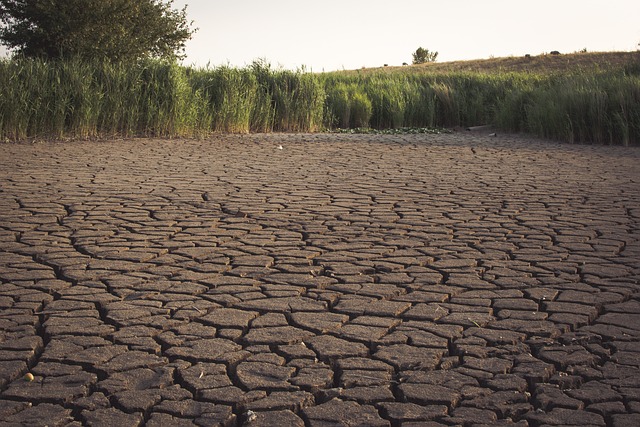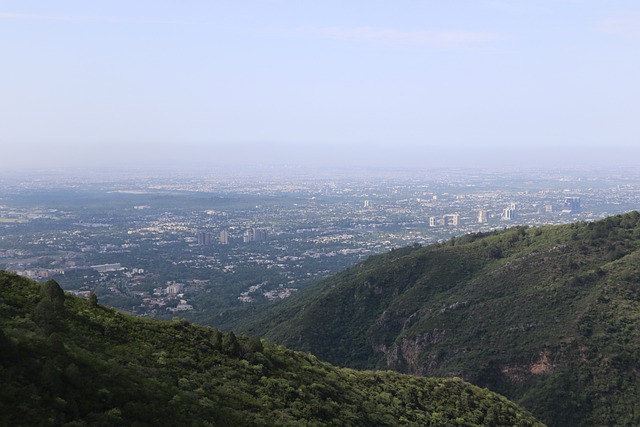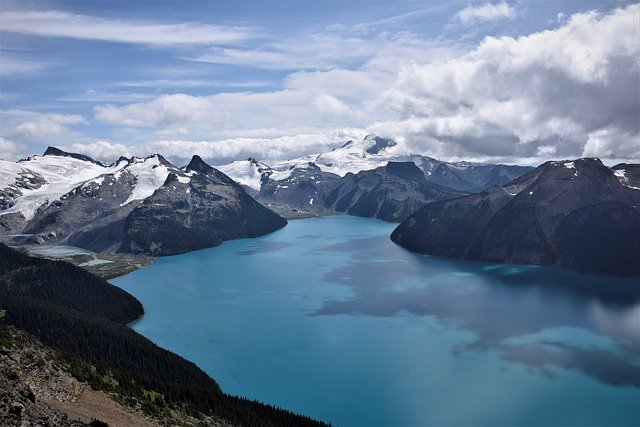INTRODUCTION
The planet Earth provides habitats for an enormous diversity of species. The species distribution system on the Earth can be explained in accordance with the ecozones. Each species inhabit a unique biogeographic realm of the Earth. Some species are categorized as terrestrial and some as aquatic. There are specific species that thrive in both terrestrial and aquatic ecosystems. Species include animals and plants that live in harmony with each other even with microorganisms except Humans.
You may also like: Biodiversity Management Methods, Techniques And Importance
Ever since industrialization, human activities are negatively impacting the ecosystem of the planet Earth and its inhabitants. Human activities are widely known as anthropogenic activities. These activities pose threats to species living in surrounding areas.
Also read: Threats to Natural Ecosystems – Causes, Effects, Management
HUMAN ACTIVITIES LEADING TO SPECIES DECLINE OR SPECIES EXTINCTION
In this article anthropogenic factors that cause species decline or that lead to biodiversity loss or even species extinction are mentioned below.
Species Decline: The gradual loss/ death of species either due to natural events or anthropogenic activities.
1. HABITAT DESTRUCTION
Species live in a unique habitat. Any kind of damage to the habitat would definitely affect the species. Humans are destroying the natural habitat of species. The human population is increasing which is linked with urban sprawl. The unsustainable land-use practices are damaging natural habitats. The human population is expanding on the Earth while other species such as plants or animals are shrinking. Also read: What is a Habitat? Types of Habitats and Their Biodiversity.
2. ENVIRONMENTAL POLLUTION
Humans are responsible for environmental pollution due to industrial activities and fossil fuel combustion. There are different categories of environmental pollution that are described below.
- Air Pollution – Air pollution due to fossil fuel combustion leads to acid rain, pesticide spray, furthermore ozone depletion due to air pollution, all these factors are affecting species.
- Water Pollution – Industrial wastewater discharge contains hazardous chemicals that affect aquatic biodiversity.
- Land Pollution – Waste generation and plastic waste pollute the land/soil and it threatens species of plants and animals.
- Marine Pollution – Plastic waste in the marine ecosystem, urban runoff, pesticides spray, oil spills; all these factors threaten species survival.
3. SPECIES INTRODUCTION
Another major anthropogenic factor that has resulted in species decline is the introduction of invasive species. Humans introduce invasive species whether plants or animals for their beneficial interest or sometimes for pest control. These invasive species compete with endemic species and eliminate them.
4. HUNTING AND POACHING
Hunting and poaching of wildlife is one of the major causes of species decline. Hunting for sports and fun activities threatens the endangered species. The species are hunted for various purposes. The fur of wildlife is used in the fashion industry.
5. ILLEGAL WILDLIFE TRADE
There are some rare and unique animals that are subjected to the illegal wildlife trade. The poachers are involved in the illegal wildlife trade. Due to the illegal activities, the animals suffer pain, injuries, and sometimes death. Check out Illegal Wildlife Trade in Pakistan – Threat to Endangered Species
6. CLIMATE CHANGE
Human-induced climate change has shown its negative effects on biodiversity. The rising temperature of the Earth’s surface due to Global Warming has altered the living conditions of plants and animals species. Climate change has affected the pollinators and the declining number of pollinators might lead to food insecurity.
7. DEFORESTATION/ HABITAT LOSS
Humans are responsible for habitat loss by cutting trees. Habitat fragmentation due to road construction is also the reason for habitat loss. Deforestation is caused by humans for housing schemes, agricultural activities, infrastructure development, etc. Check out: Biodiversity Loss – Causes, Effects, and Solutions.
8. GLOBAL WARMING
Fossil fuel combustion is releasing greenhouse gases into the atmosphere that results in the rising temperature of the Earth. Global warming leads to ocean acidification. The changes in the marine ecosystem by thermal pollution negatively affect marine biodiversity.
9. MINING ACTIVITIES
Mining activities for precious metals, natural reserves, or deep-sea mining have a negative consequence on the environment and biodiversity. Mining activities result in mining pollution which shows negative impacts on water bodies causing eutrophication.
10. OVER-EXPLOITATION
The exploitation of biodiversity is also an anthropogenic factor that causes species decline. The increasing activities of humans are threatening the species population. Overfishing is an example of over-exploitation. Read: World Fisheries And Impacts Of Fishery Over-Exploitation.
CONCLUSION
Among humans, there are those who care for other living species. There are famous environmental activists who over time raised their voices against species decline. Scientists and experts are also engaged in finding ways to conserve species. The conservation of species is necessary to save the planet Earth. We must limit activities that are threatening the survivability of species.
Also check out: What’s Biomanipulation? Importance, Advantages, Disadvantages
I hope you all liked this post! Please comment below if you have any suggestions, comments, or feedback! We at #envpk love hearing from our readers! Thanks!





2 Comments
Thank you very much
You are welcome Sb.